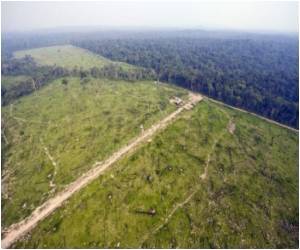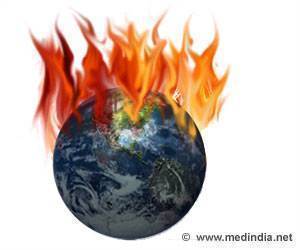
Their study documents the new database, including a number of key findings on global forest change.
For example, the tropics were the only climate domain to exhibit a trend, with forest loss increasing by 2,101 square kilometers (811 square miles) per year. Brazil's well-documented reduction in deforestation during the last decade was more than offset by increasing forest loss in Indonesia, Malaysia, Paraguay, Bolivia, Zambia, Angola and elsewhere.
Team leader University of Maryland Professor of Geographical Sciences, Matthew Hansen, said that losses or gains in forest cover shape many important aspects of an ecosystem including, climate regulation, carbon storage, biodiversity and water supplies, but until now there has not been a way to get detailed, accurate, satellite-based and readily available data on forest cover change from local to global scales.
To build this first of its kind forest mapping resource, Hansen, UMD Research Associate Professor Petr Potapov and five other UMD geographical science researchers drew on the decades-long UMD experience in the use of satellite data to measure changes in forest and other types of land cover.
Landsat 7 data from 1999 through 2012 were obtained from a freely available archive at the United States Geological Survey's center for Earth Resources Observation and Science (EROS). More than 650,000 Landsat images were processed to derive the final characterization of forest extent and change.
Advertisement
The study has been published online in the journal Science.
Advertisement








